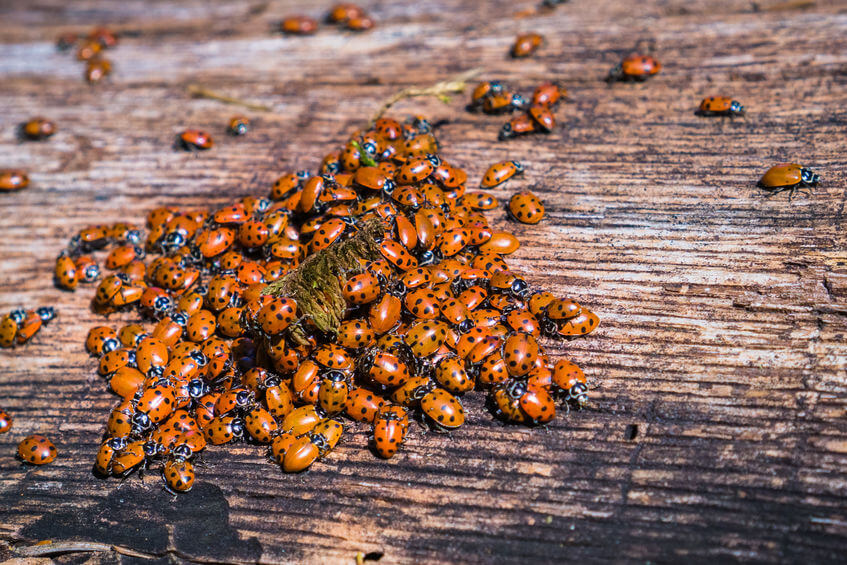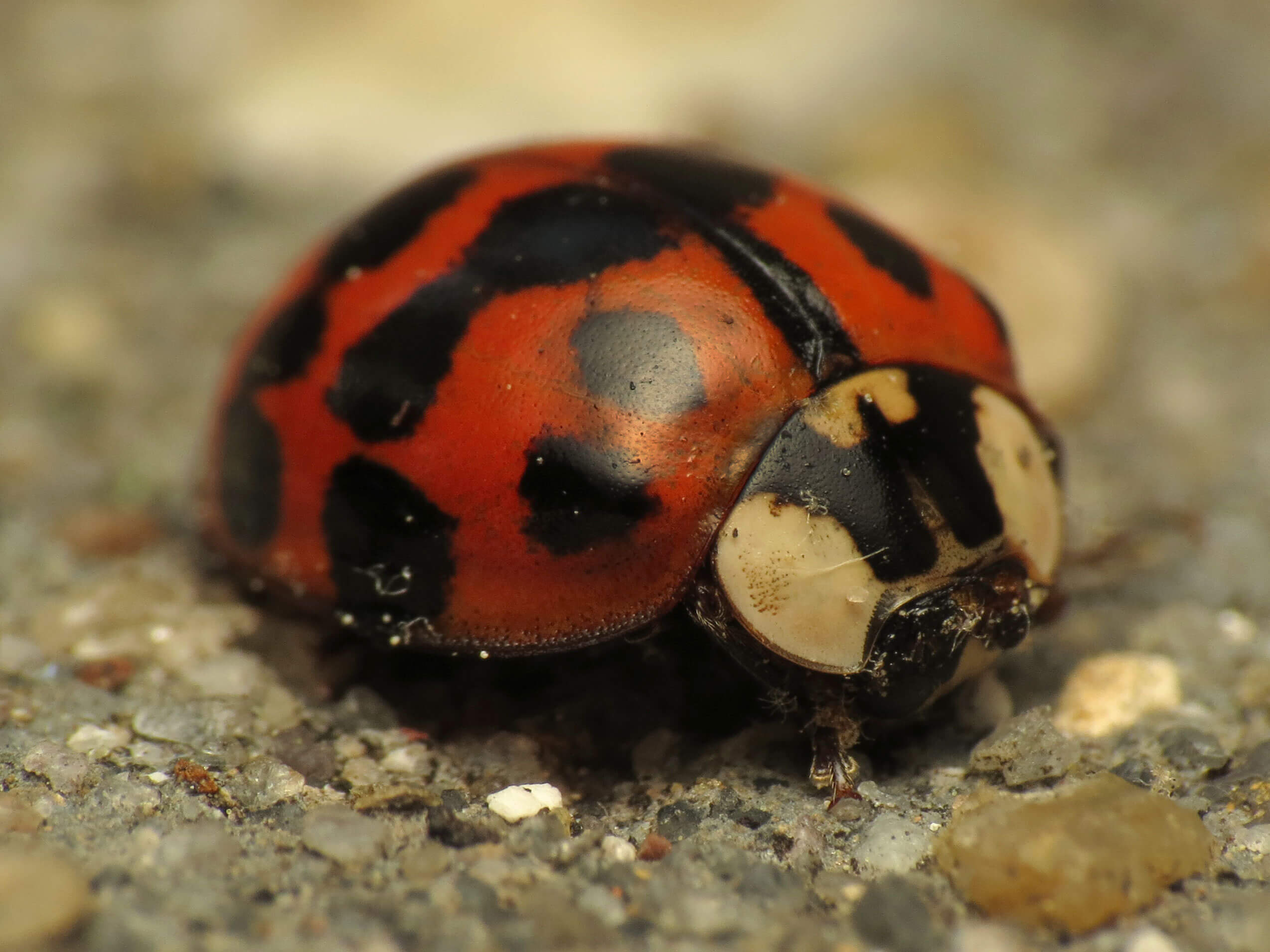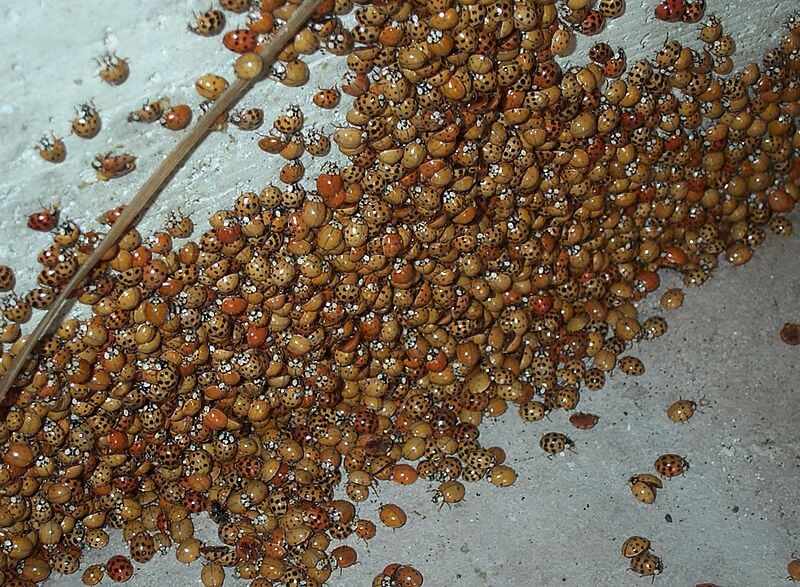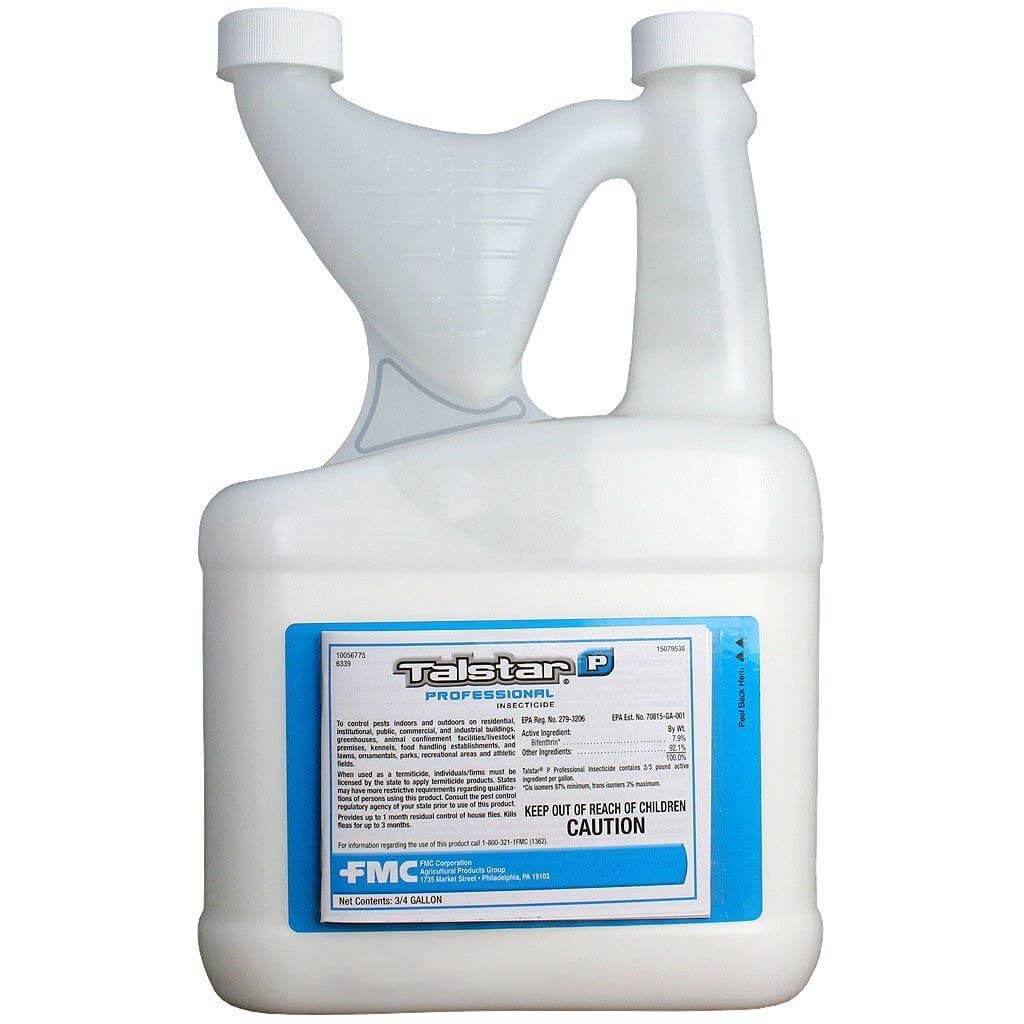- Home
- Indoor Pests
- Get Rid of Ladybugs
Get Rid Of Ladybugs
This post may contain affiliate links so I earn a commission.
In recent years, more and more homeowners are looking for ways to get rid of ladybugs that seem to congregate by the hundreds or even thousands inside your home, especially in the fall.
However, in a vast majority of cases what we all call ladybugs are actually Asian lady beetles.
Think of Asian lady beetles as the "bad" ladybug or its evil twin.
Although they're similar in appearance, their behavior is much different than the gentle bugs we associate with children's books and cartoons.
Ladybugs are beneficial insects that eat harmful garden pests, they won't bite you and they also don't congregate in large numbers inside your home.

Asian lady beetles are just the opposite.
They will eat harmful pests inside your garden like aphids just like ladybugs, but they also come with a plethora of nasty traits.
For example, Asian lady beetles will bite.
I've had it happen to me several times and although it's not dangerous or life threatening, it definitely hurts!
They also leave behind a yellow foul smelling secretion on windows, trim and even your hands if you grab one to throw it outside.
The secretion actually comes from their legs when they feel threatened or if you crush one.
Known as "reflex bleeding," it smells nasty and it's hard to wash off completely.
Perhaps the biggest problem Asian lady beetles present to homeowners is their desire to congregate in large groups inside your home in the fall as they seek shelter from the upcoming winter.
They love to form into a "clump" or ball of beetles inside window corners, ceilings and many other places.
Ladybugs on the other hand shelter outdoors and rarely come inside, they don't bite and they don't secrete foul odors.
So how can you tell the difference between a ladybug and an Asian lady beetle?
With a little bit of practice it's pretty easy.
Get Rid Of Ladybugs - The Difference Between Ladybugs And Asian Lady Beetles
Although they almost look identical to the untrained eye, there's a few ways you can tell the difference between ladybugs and Asian lady beetles.
Perhaps the easiest way is to look for the characteristic white "M" on the back of the Asian lady beetle just behind the head.
The image below shows a good example of the white "M" on the Asain lady beetle.
 Asian Lady Beetle
Asian Lady BeetleNotice how this is different from the ladybug which has an all black back behind its head as shown below.
 Ladybug
LadybugThe only white markings on a ladybug appear on the sides of the back near the head resembling cheeks.
There is also a slight size and shape difference between a ladybug and an Asian lady beetle, but unless you're comparing them side by side, it's pretty hard to tell the difference so just look for the white "M" on the back.
How To Get Rid Of Ladybugs In Your Home - Asian Lady Beetles
Like we mentioned before, there's a strong possibility you're not looking to get rid of ladybugs, you're trying to get rid of Asian lady beetles.
Regardless, the process is pretty easy.
If you find the bugs inside your home, the easiest way to get rid of them is by using a vacuum.
Remember, Asian lady beetles will bite and they also leave behind a foul smelling odor when you pick them up, so just use a vacuum with its hose attachment to suck them up.

Go around and look in the corners of your windows or other cracks and you'll find them balled up in a group.
After you suck them up with a vacuum, just seal off the bag and immediately throw it away outside.
There are a few insecticides that are safe to use indoors on the beetles, but it's not necessary.
A Vacuum works faster and better.
How To Prevent Asian Lady Beetles From Getting Inside
Typically you'll find a swarm of Asian lady beetles covering the siding of your house on a warm sunny fall day.
If you have any cracks or gaps around your windows, foundation or doors, the beetles will definitely find their way inside.
Use a good quality silicone to seal off any noticeable gaps or cracks around your home.
It's generally easiest to do this in the spring because sealing off entry points to your home will help reduces a variety of unwanted pests from coming inside.
Prevention is a great way to stop an infestation, but no matter how thorough you are, it's virtually impossible to seal off every crack in your home.
This is where a good quality insecticide can work miracles.

Talstar is a great product.
It's easy to mix, simple to use and it does a great job at repelling a variety of unwanted insects from getting inside your home.
It has great knock down power and it also has a good residual effect so it lasts.
Just mix some up in a pump sprayer and spray the outside of your home a couple of times a year.
I generally spray in the spring and fall which seems to work the best.
Focus on spraying around the foundation of your home, around windows, doors and where mechanical fixtures enter or exit your house.
You'll be amazed how easy it is to spray and just how well the product works!
Get Rid Of Asian Lady Beetles - Overall
By spraying a good quality insecticide like Talstar around the exterior of your home and by using a vacuum to get rid of ladybugs (Asian lady beetles) that found their way inside, your home will be bug free in just a short period of time.
Asian lady beetles are definitely a pest that plagues many homes and they're not going away anytime soon.
However, with a few simple steps you can ensure the beetles stay outside where they belong.



